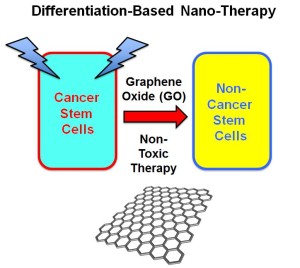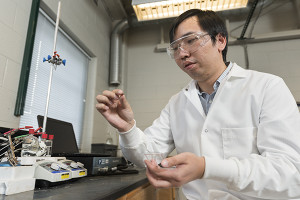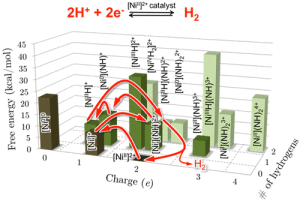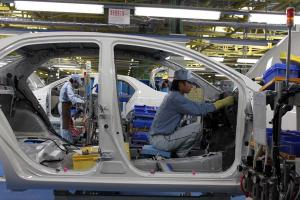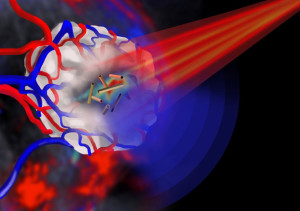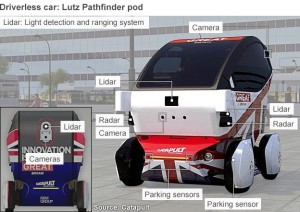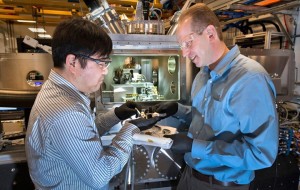
The microscope they developed produces x-ray images by scanning a sample while collecting various x-ray signals emerging from the sample.
Image: Brookhaven National Laboratory
Researchers have developed a new x-ray microscope that will provide scientists with the opportunity to image nanostructures and chemical reactions down to the nanometer.
The new class of x-ray microscope allows for nanoscale imagining like never before. This development brings researchers one step closer to the ultimate goal of nanometer resolution.
This from Brookhaven National Laboratory:
The microscope manipulates novel nanofocusing optics called multilayer Laue lenses (MLL) — incredibly precise lenses grown one atomic layer at a time — which produce a tiny x-ray beam that is currently about 10 nanometers in size. Focusing an x-ray beam to that level means being able to see the structures on that length scale, whether they are proteins in a biological sample, or the inner workings of a fuel cell catalyst.


